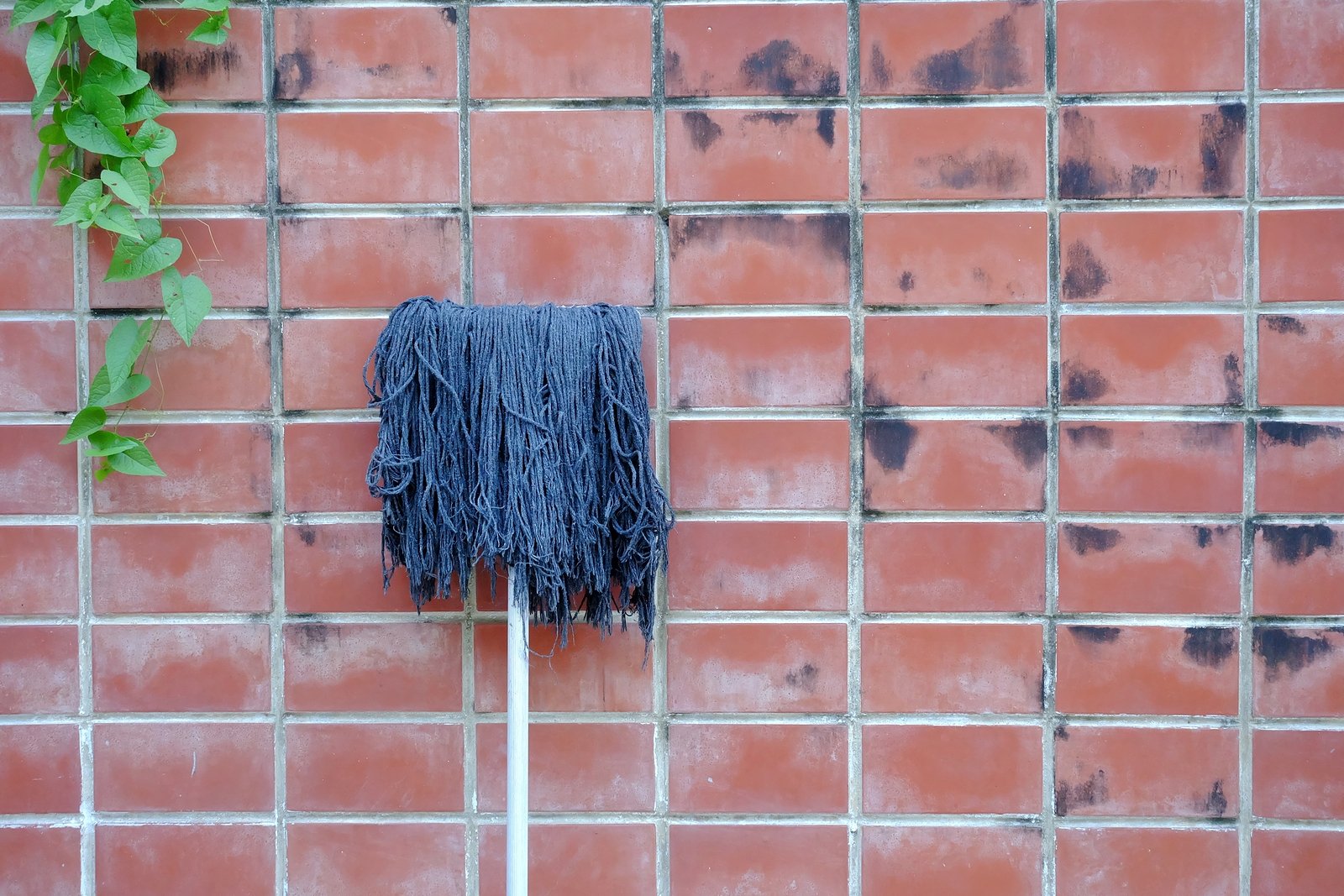Brick and masonry might be among the longest-lasting, most weatherproof building elements, but old brick buildings still require maintenance and repair. To ensure long-lasting structural integrity, homeowners should regularly check for water damage, conduct periodic cleaning, and have masonry joints repointed when necessary.
Repair or tuckpointing projects should be left to professional masonry contractors, but there are things that homeowners can do to maintain and prevent further damage to brick.
Cleaning Old Brick
You should always use the least aggressive method when cleaning old brick. If your home is a historic structure, it’s a good idea to consult with a rehabilitation professional before taking any action. There are different types of dirt found on a home’s exterior brick and different approaches to cleaning. Once a year use a garden hose, with a spray nozzle, or a spray bottle to remove any loose dirt.
- For loose dirt, once a year use a garden hose, with a spray nozzle. Some owners add a spray bottle with dish detergent for spot cleaning.
- If a particular side of your home receives little to no sunlight and the nearby vegetation is damp, be on the lookout for moss, mold, or mildew growth. These can be removed with a bleach solution. One cup per gallon of water applied with a bristle scrub brush (avoid wire brushes) will clean most problem areas. You can prevent the brick from absorbing the bleach by thoroughly soaking the brick with water first.
- You can remove some stains with grease-removing cleaners; others may need acid-based cleaners. Before you try an acid-based cleaner, consult with professionals about the best products and techniques to use. Acid can discolor masonry and should be utilized as a last resort.
- For cleaning a whole façade of a large building, you can use a pressure washer if it's set on low or medium power. Never use a high-pressure spray to clean old masonry. Although you can remove decades of built-up dirt, you'll also remove mortar and most likely a thin layer of the brick itself.
Water Damage Repair
The most severe water damage is associated with freeze-thaw cycles. Tuckpointing is the recommended technique for water damage remediation. This involves raking or grinding out joints to a depth of three-quarters to one inch and applying new mortar. Exterior residential tuckpointing should be part of regular maintenance on any masonry wall. Look for water damage on an annual basis, and budget for some possible tuckpointing every five to ten years.
Renaissance Development, a leader in brick restoration and historic preservation, specializes in the restoration of a historic brick building’s mortar joints using traditional methods (tuckpointing) and materials. Contact us for a free site visit and project quote.






